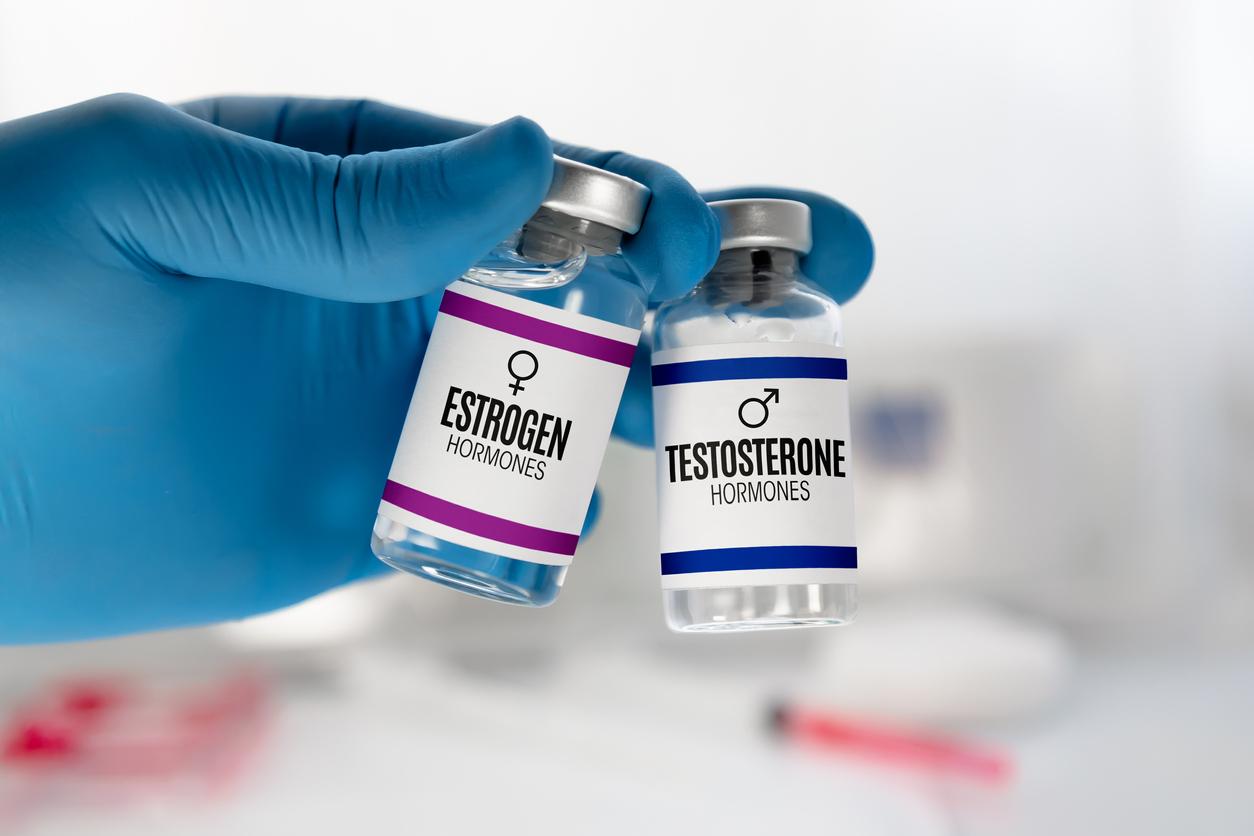June 22, 1999 – The combined use of glucosamine sulfate (SG) and chondroitin sulfates to treat degenerative connective tissue diseases (arthritis, osteoarthritis, etc.) has become a fairly popular treatment protocol in recent years. However, to date there is no evidence that their simultaneous administration produces better results than taking glucosamine sulfate alone.
Glucosamine, found in the body in the form of glucosamine 6-phosphate (G6-P), is the basic building block of a variety of compounds found on the surface of cells and in the cell membrane. It plays a direct or indirect role in the formation of tendons, ligaments, joint surfaces, sinovial fluid, skin, nails and several other organs in the body.
Connective tissue, which is involved in diseases of the arthritis family, is formed mainly of collagen and proteoglycans. The latter have the function of retaining water and providing structure to collagen, thus increasing the flexibility and resistance necessary for the compression generated by physical effort. However, G6-P is the precursor for the synthesis of amino sugars necessary for proteoglycans. Its role in the treatment of connective tissue diseases appears to be directly linked to the stimulation of the bio-synthesis necessary for the formation of proteoglycans. For their part, chondroitin sulphates are a constituent of proteoglycans.
Unlike nonsteroidal anti-inflammatory drugs (NSAIDs), glucosamine sulfate (SG) does not inhibit the formation of enzymes and cyclooxygenase involved in the inflammatory process characteristic of arthritis, but it does stimulate the formation of proteoglycans. Studies have shown that it can reduce the amount of NSAIDs needed by 2 to 2.7 times, but it has no analgesic effect. When comparing ILI versus ibuprofen, ILI-treated patients did not see their pain decrease as quickly as with ibuprofen, but after four weeks of treatment their pain reduction was greater than in the treated group. with ibuprofen.
In studies with chondroitin sulphates, patients also reported a gradual improvement in their symptoms, much slower than with NSAIDs, but improvement was felt up to three months after the end of treatment unlike with NSAIDs. effect of NSAIDs that goes away quickly when treatment is stopped. However, it should be noted that chondroitin sulphates are absorbed very little directly and that their effects seem mainly due to the by-products of their degradation.
To date, there is no evidence that the combination of glucosamine sulfate and chondroitin sulfates produces superior results than glucosamine sulfate taken alone.
HealthPassport.net
Kelly, Gregory S., nd, The Role of Glucosamine Sulfate and Chondroitin Sulfates in the Treatment of Degenerative Joint Disease, Alt Med Rev, 3 (1), 1998, 27-39.















